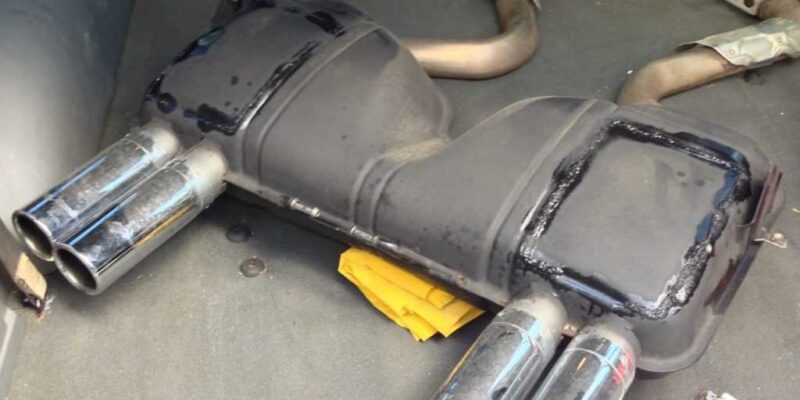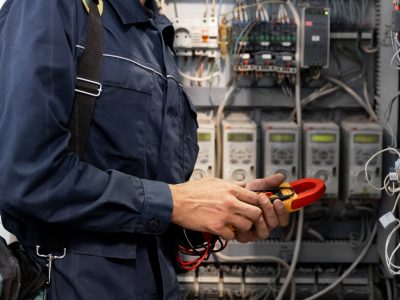Maintaining a properly functioning exhaust system is essential for the well-being and optimal performance of your car. Not only does it help minimise noise. It also plays a crucial role in reducing harmful emissions from vehicles. However, like any component of your vehicle, the car exhaust system may occasionally require repairs.
While certain car exhaust system issues can be managed by car owners who possess some DIY knowledge, there are instances where seeking the expertise of a mechanic is highly recommended. In this blog post, we will delve into what you can handle on your own and which repairs are better left in the hands of professionals.
1. Recognising Common Exhaust System Problems
Before delving into the types of repairs, it’s important to familiarize yourself with issues that can arise in a car exhaust system. Some prevalent problems include:
Exhaust leaks: These occur when there are holes or cracks in the exhaust system. They can cause an increase in engine noise levels and have a detrimental impact on fuel efficiency.
Catalytic converter failure: An impaired catalytic converter can lead to decreased engine performance and heightened emissions levels.
Over time, the exhaust system can develop rust in areas with weather conditions or high levels of humidity. Additionally, broken hangers or brackets can cause the exhaust system to hang lower than usual or even drag on the ground, which can potentially lead to damage. Another common issue is a faulty oxygen sensor, which can result in decreased fuel efficiency and increased emissions.
Now that we have an understanding of the problems, let’s explore what repairs you can tackle on your own.
2. DIY Exhaust System Repairs
If you have experience as a do-it-yourselfer and possess the tools, there are exhaust system repairs that you may be able to handle at home. Here are a few examples:
Addressing exhaust leaks: If you notice a hole or crack in your exhaust system, it might be possible to fix it using a repair kit specifically designed for this purpose. These kits typically include a heat patch and adhesive. However, it’s important to note that this should only be considered as a solution, and it might still be necessary to have an inspection done to identify any underlying issues.
Replacing an oxygen sensor: Replacing an oxygen sensor is generally straightforward. It can usually be accomplished using basic tools. However, it’s crucial to ensure that the correct replacement sensor is used and that you follow the installation guidelines provided by the manufacturer.
When it comes to replacing a hanger or bracket in your exhaust system, you might notice that it hangs lower than usual or even drags on the ground. In some cases, it’s possible to replace these components yourself using tools and minimal effort.
On the other hand, there are repairs related to the car exhaust system that are better handled by professionals who have expertise in this area. Here are a few examples;
Replacement of a converter: Replacing a converter requires specialized tools, as well as knowledge and experience. It’s a task involving temperatures, chemicals, and precise measurements. Additionally, catalytic converters are often covered under emissions warranties. Therefore, consulting with a professional is important to ensure compliance with any warranty requirements.
Replacement of an exhaust manifold: The exhaust manifold connects the engine to the exhaust system. Is exposed to temperatures and pressure. Replacing an exhaust manifold can be challenging due to spaces dealing with multiple bolts and gaskets. This job requires skill and experience best handled by professionals.
If your vehicle’s exhaust system has damage, like a hole or extensive rust, it’s advisable to consult with an expert. They will possess the knowledge to assess the extent of the damage, suggest repairs, and ensure that your exhaust system functions properly while meeting local emissions regulations.
Always remember that attempting DIY repairs carries its set of risks. If you are uncertain about your skills or if a repair seems complex, it is always better to seek help. Prioritising your safety and the proper functioning of your vehicle should be paramount.
Conclusion
To summarise, while skilled DIYers may be able to handle exhaust system repairs, others are better left in the hands of professionals. It is important to have an understanding of exhaust system issues and know when it is best to reach out for professional assistance. By doing this, you can guarantee the longevity and efficiency of your vehicle’s exhaust system.













Comments